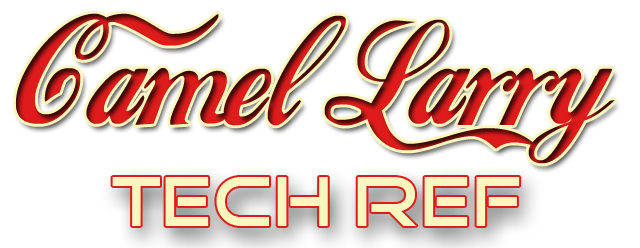Remote Desktop (aka Terminal Service) is disabled by default in Windows 7. If you have administrator access to the computers on your domain, you can remotely enable it by doing the following:
Step 1: Open ports in the Windows firewall
There is no native way to change the settings of a remote Windows firewall. However, you can use PsExec from SysInternals to disable it or change some rules.
If you download the app and drop it into your c:\ drive, you can run this command and get command line access for that remote box.
c:\psexec \\remote_machine_name cmd
Once you have that command line open, you can run this command to disable the firewall:
netsh advfirewall set currentprofile state off
Alternatively you can run this command to allow only Remote Desktop while still leaving the rest of the firewall as is:
netsh advfirewall firewall set rule group=”remote desktop” new enable=Yes
Step 2: Start the Remote Registry service
Load up the Services MMC (Control Panel > Administrative Tools > Services), right click on “Services (Local)” and choose “Connect to another computer”. Enter the name of your remote machine and connect to it. You should now be able to find the “Remote Registry” service and start it.
Depending on your environment, this may already be running, but I have found it generally isn’t on fresh computers.
Step 3: Change a registry setting to enable Remote Desktop
It’s time to make use of the Remote Registry and actually enable RDP. Load up regedit and go toFile > Connect Network Registry. Enter the name of your remote computer and connect to it. Navigate to HKEY_LOCAL_MACHINE > System > CurrentControlSet > Control > Terminal Server. Change the value of “fDenyTSConnections” to “0″.
Step 4: Start the Remote Desktop service
Go back to the Services MMC you used in Step 2. Find the service “Remote Desktop Services” and start it (or restart if it is already running).


